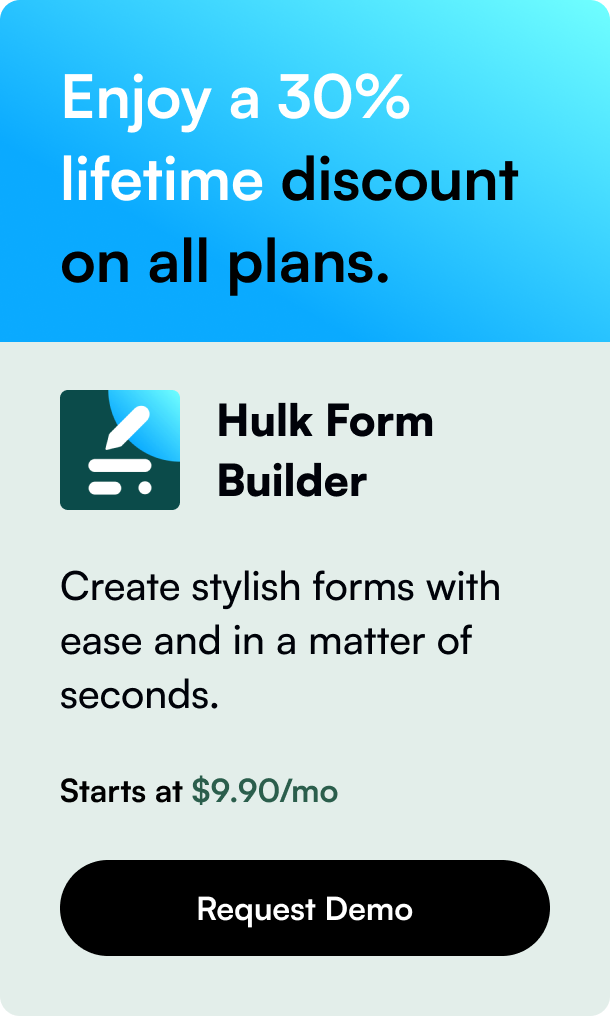Table of Contents
- Introduction
- Grasping Made-to-Order: What Does It Truly Mean?
- Unlocking Shopify's Potential for Made-to-Order Inventory
- Overcoming Inventory Challenges
- Conclusion and Roundup
- FAQ Section
Introduction
Have you ever found yourself stuck with a heap of inventory that cost a small fortune, yet just sits there collecting dust? If this paints a somewhat familiar picture, especially in the dynamic world of made-to-order businesses, you're not alone. Made-to-order eCommerce puts a fresh spin on inventory management, striking an appealing balance between business agility and customer satisfaction. This article promises to be a jam-packed resource, guiding sellers on Shopify—from furniture craftsmen to artisan jewelers—through the ins and outs of made-to-order inventory management. Prepare to delve into smart strategies and handy tips to keep your virtual shelves organized and your customers delighted.
Grasping Made-to-Order: What Does It Truly Mean?
Rather than piling up premade goods, the made-to-order approach waits for the magic words—“I'll take one”—before crafting an item. It's a model that is quite romantic in its bespoke nature, customized and intimate. However, without wisely orchestrated inventory strategies, this could transform from a Romeo and Juliet affair into a cumbersome tragedy.
Aligning made-to-order practices with digital solutions like Shopify takes a pinch of creativity and a dash of system understanding. We'll begin by untangling the threads that weave together an efficient inventory practice, essential for businesses that place value in every personal customer touchpoint.
Unlocking Shopify's Potential for Made-to-Order Inventory
Emphasize Personalization in Product Descriptions
On the Shopify platform, clarity is your best friend. Vividly outline that each product is intricately made upon request, calling out timelines upfront. Draft these details prominently—considering font size and formatting—to ensure they aren't overlooked. Good customer experience starts with good communication; make sure your customers have all the details before they take the plunge.
Customize Without Stock Worries
In the event someone wishes to buy more units than you can craft promptly, consider enabling the 'Continue selling when out of stock' feature in Shopify's backend. This allows for the flexibility of purchasing multiple units without setting up a fictitious stock quantity. Retailers using themes such as Pipeline have this capability conveniently at their fingertips, thanks to their design's customer-centric layout.
Efficient Product Page Alerts
Grab a buyer's attention during checkout with custom pop-up messages to reinstate made-to-order conditions—helping in managing expectations. Shopify's system supports custom alerts, ensuring the customer's journey is well-informed from 'Add to Cart' to doorstep.
Use Technology to Keep Customers in the Loop
Incorporate apps that notify buyers about their custom orders. Options like 'Order Dash' and 'Custom Order Status by W3' keep your patrons apprised, enhancing trust and transparency.
Overcoming Inventory Challenges
Managing Variants and Bundles
When products share a base material—say a black hoodie available with multiple embroidery options—you might run into a situation where selling one depletes the stock for another. Utilizing apps that permit bundling helps to control such shared inventory. Always ensure that technologies like 'Simple Material' or 'Bundle' apps harmonize with your Shopify operations.
Dealing with Differing Lead Times and Suppliers
Made-to-order ventures typically mingle stocked items with those that are crafted on demand. Adopt techniques that distinguish these clearly in your inventory. Define whether an item is in stock or made to order—perhaps via alternate product templates—and share pertinent supplier lead times. Education is pandemic—spread information generously to prevent confusion and enhance customer contentment.
Lead Time and Quality: The Fine Balancing Act
When embracing made-to-order, be discerning with your lead times. Buyers don't like to twiddle their thumbs, but rushed craftsmanship taints not only the product but potentially your reputation.
Conclusion and Roundup
Incorporating made-to-order practices into your Shopify store is an invitation to merge artisanship with digital sophistication. On this journey, stay oriented towards thoughtful communication and the adoption of storefront features which accommodate your unique business rhythm. Innovate within Shopify's mold to suit your personalized approach. From precise product descriptors to apps that embrace the essence of your brand, a diligent setup ensures streamlined operations and satisfied customers.
Ultimately, remember: balancing made-to-order production with Shopify’s powerhouse capabilities cultivates an eCommerce environment that resonates with respect for your craft and fidelity to your customers.
FAQ Section
Q: How can I ensure customers understand the made-to-order concept? A: Emphasize it in your product descriptions, use Shopify’s custom-alert functionality for reminders at key conversion points, and choose apps that facilitate order updates.
Q: How do I manage inventory for products that use the same raw materials but differ in design? A: Find an app that allows for bundling shared inventory, enabling you to reflect accurate stock levels regardless of design variations.
Q: What's the best way to manage varying supplier lead times on Shopify? A: Communicate transparently by indicating lead times in product descriptions or creating separate templates for products with longer lead times.
Q: Is made-to-order inventory manageable with high order volumes? A: Absolutely. Efficient use of apps for inventory bundling, advanced product descriptions, and solid customer communication foundations are key to scaling up gracefully.
Q: Can I set 'Continue selling when out of stock' for a made-to-order item on Shopify? A: Yes, this feature facilitates the sale of products beyond the zero count, which works well with made-to-order items that aren't pre-made.
This content is powered by innovative programmatic SEO.








